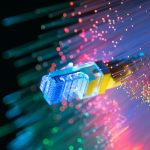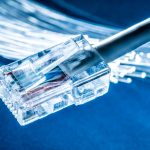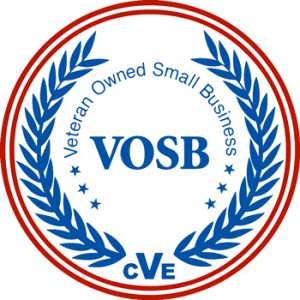Fiber Optic Terminology You Might Hear Our Staff Use
Although you can’t see them, fiber optics surround us. Whether it’s running through the lawn outside your house or spanning the skyline as wires for your telephone, they are everywhere. A huge percentage of modern technology relies on fiber optics to make communication not only possible, but also seamless. Keep reading to see key phrases and words that will help you understand the importance of fiber optics and the terminology we use.
About Us
Our staff of knowledgeable professionals is dedicated to keeping their education at the forefront of their field. By remaining up-to-date on the newest technologies, we can ensure we bring you the highest quality of service. All of our staff members are BICSI-certified, and many of them are RCDD-certified as well. While we are proud of our commitment to remaining informed, we recognize that many of the terms we use aren’t known to the average person. Allow us to highlight some “need to know” terms when it comes to understanding fiber optics.
Optical Fiber
First and foremost, what is optical fiber? Discovered in 1970, the optical fiber is a thin, nearly transparent strand of glass. The way it works is by the reflection of light, which is what allows the fiber to transmit information quickly and over vast differences.
Bandwidth
Bandwidth refers to the range of frequencies able to be transmitted through a particular channel. This term also indicates the measurement of a fiber optic cable’s capacity to transmit a signal.
Frequency
If you hear one of our team members talking about frequency, they are discussing the vibrational rate of a wave. In the case of fiber optics, this would mean light waves. Frequency is measured in certain numbers of cycles per second and called Hertz. For example, 1 hertz means one cycle per second.
Broadband
When someone mentions broadband, the topic usually relates to transmission. Broadband allows for multiple streams of communication to transmit at the same time. It is a crucial piece of the puzzle when it comes to making high-speed internet possible.
Conduit
Last but certainly not least, the conduit is essential to protecting both the wiring and the environment around it. Typically made of plastic, metal, clay, or fiber, it’s an outer shell encasing the wire to prevent disruption of the signal.
CKC Data Solutions for Fiber Optic Installation
Fiber optics systems are not as intimidating as they seem, at least to the experienced team at CKC Data Solutions! We hope this article helped shed some light on a few of the terms you may encounter when our team talks to you. If you still have questions, reach out to CKC Data Solutions and let our experts guide you through it!





